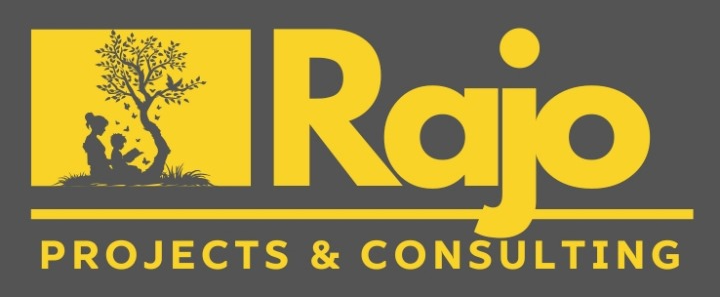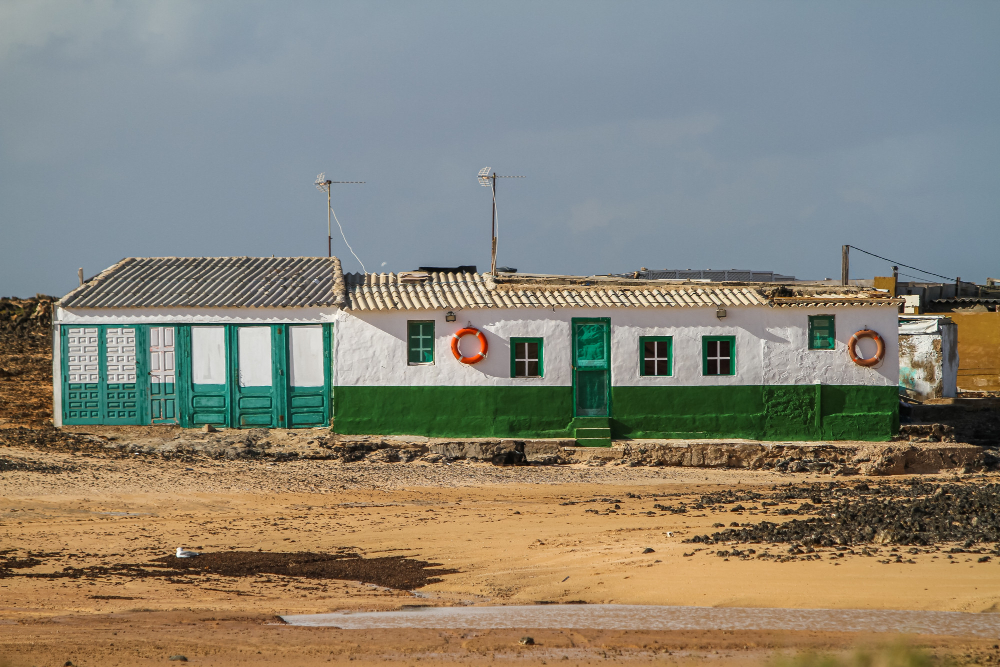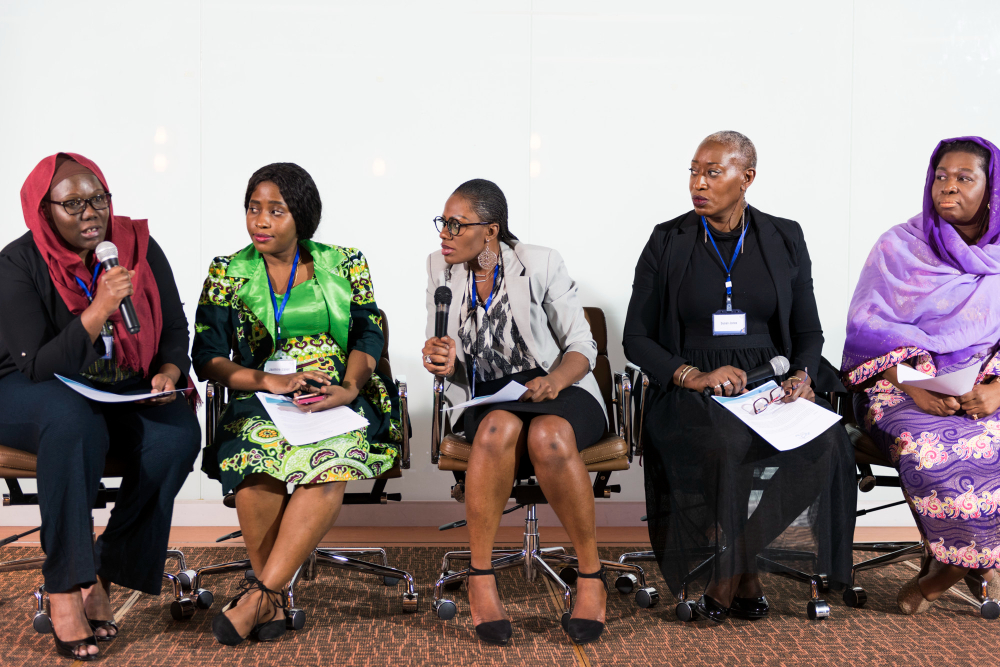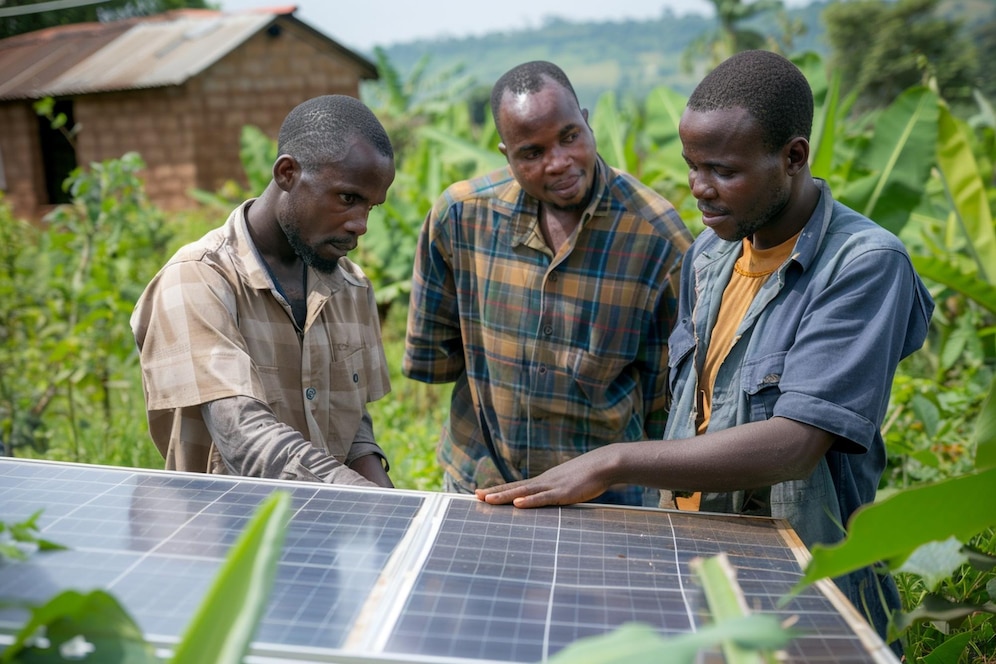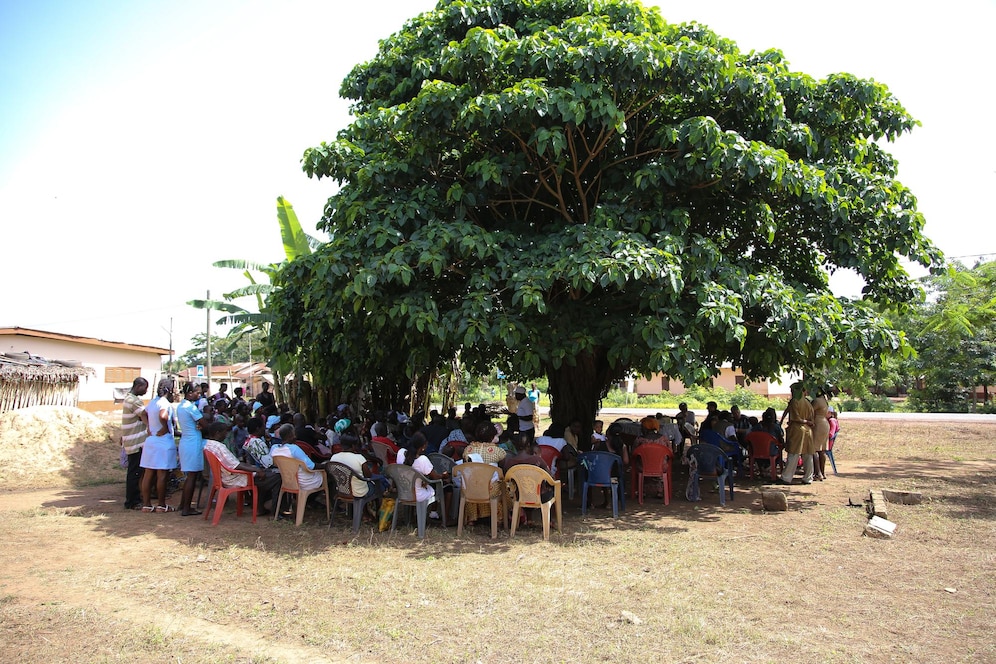Introduction Infrastructure is the backbone of any economic development agenda. In Somaliland and Somalia, sustainable infrastructure development presents both a critical need and a major opportunity. As these regions work to rebuild and grow, they must adopt approaches that ensure environmental sustainability, social inclusivity, and long-term economic viability.
Problem Overview Historically, infrastructure in Somaliland and Somalia has been underdeveloped due to decades of conflict, weak governance, and limited investment. Roads, ports, water systems, and energy infrastructure are either aging or non-existent in many areas. This has hindered economic growth, constrained mobility, and limited access to essential services such as healthcare and education. Climate change further compounds these issues, necessitating infrastructure that is both resilient and sustainable.
Case Studies/Examples The Berbera Port expansion, supported by DP World and the UK Government, stands as a landmark example of sustainable infrastructure investment in Somaliland. The port’s development has improved trade routes and created thousands of jobs while incorporating environmental management systems. According to the African Development Bank (2022), Berbera now serves as a vital logistics hub in the Horn of Africa.
Another example is the Galkayo Water Supply Project, which used solar-powered pumps and community-led maintenance systems. The project, implemented by UNICEF and local authorities, increased access to safe drinking water for over 40,000 people, demonstrating how infrastructure can be tailored to both environmental and social needs.
Additionally, the World Bank’s Urban Resilience Program in Mogadishu and Garowe focuses on climate-resilient infrastructure, such as stormwater drainage systems and green spaces. Evaluations from 2023 highlight reduced flood risks and improved urban mobility.
Proposed Solutions
- Integrated Planning: Infrastructure projects should be guided by comprehensive urban and regional plans aligned with sustainability goals.
- Green Technologies: Prioritize renewable energy sources, energy-efficient construction, and eco-friendly materials.
- Public-Private Partnerships (PPPs): Encourage private investment through risk-sharing mechanisms and transparent legal frameworks.
- Community Involvement: Engage local communities in project design, implementation, and maintenance to ensure relevance and sustainability.
- Resilience Building: Incorporate climate risk assessments and adaptive design features to withstand environmental shocks.
Conclusion Sustainable infrastructure is essential for unlocking the economic potential of Somaliland and Somalia. By investing in green, inclusive, and resilient projects, stakeholders can drive long-term development and stability. It is imperative for governments, donors, and investors to align infrastructure initiatives with sustainability principles and to leverage innovative financing and planning tools to meet the region’s infrastructure needs.
